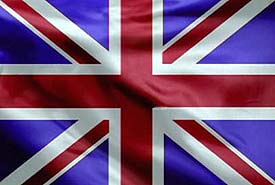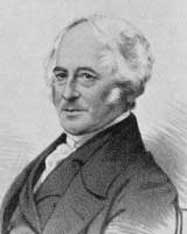 | |
| Born | 8 May 1786 Marlborough |
| Died | 26 March 1865 | Age 78 London |
Thomas Hancock 1843
Not the invention of rubber but the vulcanizing or, making it durable.The process of vulcanising rubber is usually associated with Charles Goodyear, but the process was being used and was patented before Mr Goodyear made his 'discovery'.
Thomas Hancock (1786-1865) was born at Marlborough in Wiltshire, England, the third of twelve children of a lumber merchant and cabinet maker. Around 1815 Hancock went into the stagecoach business with one of his brothers in London, England. The need for an effective waterproofing agent for coaches, drivers, and passengers drew Hancock's attention to rubber. In 'April 1820' he patented India-rubber springs for various types of clothing such as gloves and 'suspenders'. The Hancock brothers then started an "elastic works" to manufacture items using the rubber springs.
Mastication
In 1820 Hancock invented his most important device: the 'rubber masticator'. He designed a machine with revolving teeth that tore up rubber scraps. To Hancock's surprise, the shredded bits adhered into a solid mass of rubber that could then be pressed in molds into solid blocks or rolled into sheets. Hancock's masticator, which was perfected in 1821, made rubber manufacture commercially practical and gave birth to the rubber industry.
Hancock called his machine a "pickle" and kept the masticating process a secret for 10 years.
The advantages of the Hancock rubber masticator caught the interest of Charles Macintosh (1766-1843), who in 1823 had patented a process for waterproofing fabrics with naphtha-treated rubber. Hancock in turn applied for a license in 1825 to use Macintosh's naphtha process. The two men eventually became partners in the manufacture of waterproofed items.
Patent
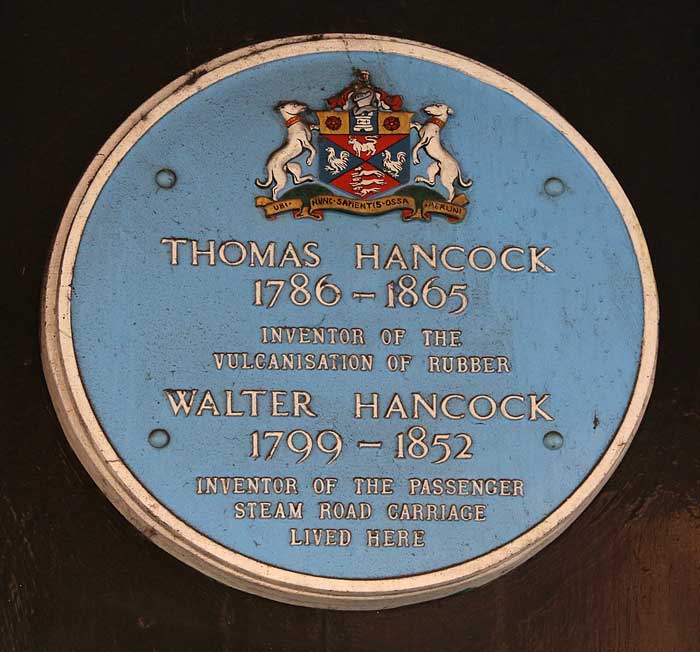
Thomas Hancock patented in 1843, a process whereby heating rubber and sulphur together at 155°C for two hours gave a horn-like solid containing 30% sulphur. Hancock took out another patent on May 21st, 1845 to try to protect his methods. Three weeks later, on June 15, 1845, Goodyear took out a patent in the United States.
Later in 1851 Charles Goodyear was awarded another patent for Improvement in the Manufacture of Indian Rubber. This was a reworking of the Hancock method. He later devised methods for 'producing moulded articles into any desired shape for the purposes of being used in the manufacture of such articles, as the same may be applicable to'.
But again Hancock got there first, in 1846 he had already patented his suggestion that his hardened rubber could be used for making moulds for softer rubber articles.
Many uses
Hancock was granted a total of '16 patents' relating to rubber between 1820 and 1847. In 1822 he developed rubber tubing that could be cut into 'rubber bands' and 'life-belt tubes'. He devised many medical uses for rubber, and promoted the use of rubber rather than leather 'fire hoses'.
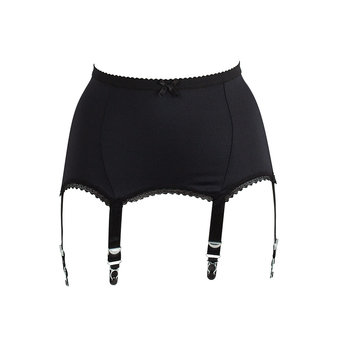
Thomas even made rubber bottles. One day Hancock held one of the bottles in his hand and realized that if it was sliced up it could be used as garters, suspenders and waistbands.
About 25 years later, another Englishman, 'Stephen Perry', patented the 'rubber band'.
He made many improvements in the manufacture of rubber and thought of a multitude of ways in which this remarkable new product could be used. Hancock died in 1865 at Stoke Newington, London.
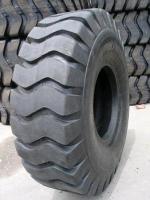 | 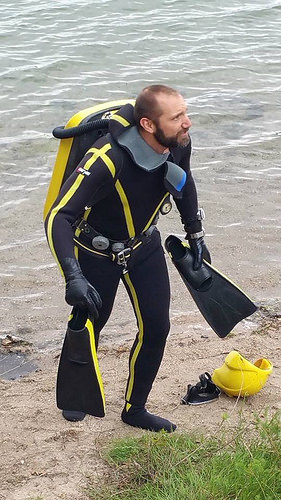 | 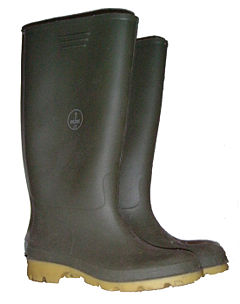 |
Tags: Rubber patent sulphur tyre band hose boots gloves mould
